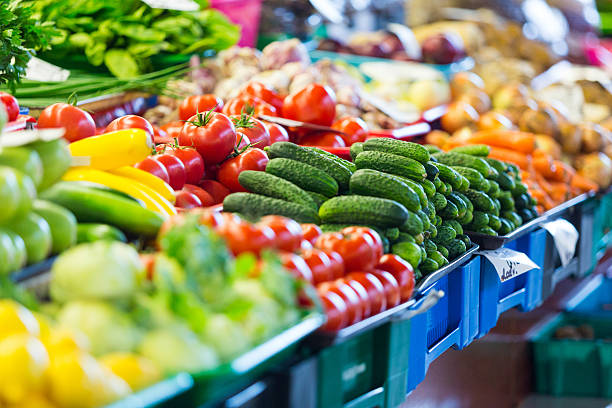Understanding the Impact of Changing Food Pricing on the Restaurant Industry
Explore how the narrowing price gap between groceries and restaurants affects consumer trends and the restaurant industry.

The Evolution of Food Pricing Trends
The latest Consumer Price Index (CPI) data has revealed a significant development in the pricing dynamics between groceries and restaurants. In December, prices for food-at-home, which includes groceries and supermarkets, experienced a 1.8% increase from the previous month. Concurrently, prices for food-away-from-home (restaurants) rose by 3.6% year-over-year. This marks a consistent trend over the past 21 months where restaurant pricing has been outpacing grocery/supermarket pricing.
Insights from Analysts and Experts
Analyst Mark Kalinowski highlighted the noteworthy observation that the gap between grocery pricing and restaurant pricing in December 2024 was the smallest since April 2023. This trend implies a convergence in pricing strategies between the two sectors, potentially impacting consumer preferences and spending habits. Additionally, the Core CPI, which excludes volatile energy and food costs, rose by 3.2% on an annual basis, indicating a broader trend in inflationary pressures.

Impact on the Restaurant Industry
The narrowing price gap between groceries and restaurants could have significant implications for the restaurant industry. Kalinowski noted that the historically large gap between the two pricing structures may have contributed to the worst non-pandemic same-store sales in 2024, compared to the past decade. As businesses navigate these changing dynamics, there is a need to reassess pricing strategies and consumer engagement to adapt to the evolving market landscape.